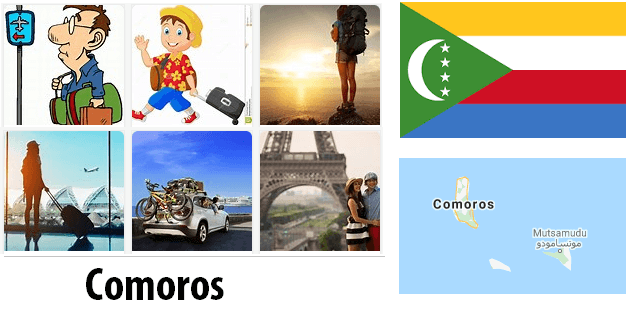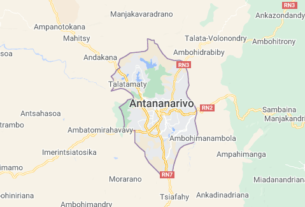According to ehistorylib, in 2005, the population of Comoros was estimated to be around 700,000 people. The majority of the population was of African descent with a small minority of Arab and European descent. The economy was largely dependent on agriculture, with fishing and tourism being important contributors as well. Foreign relations were strained due to Comoros’ unstable political situation and its close proximity to Somalia which had been in a state of civil war since 1991. Politically, Comoros was a semi-presidential republic with President Azali Assoumani at the helm. Assoumani had been elected in 2002 after a period of instability following three coups d’état since independence in 1975. Assoumani’s government focused on strengthening ties with other African countries as well as improving economic development within the country. However, there were concerns that human rights abuses were still occurring under his rule despite efforts to improve living conditions for all citizens.
Yearbook 2005
Comoros. According to countryaah, Moroni is the capital and one of the major cities within the country of Comoros. President Azali Assoumani visited France in January, the first state visit in 20 years that a Comorian leader had been in the former colonial power. Assoumani met with both the President of France and the Deputy Minister of Assistance. They promised to consider resuming aid to the Comoros, which has been frozen because of the political chaos of recent years with a series of coups and coup attempts.
- Also see abbreviationfinder.org for how the acronym KM stands for the country of Comoros and other meanings of this two-letter abbreviation.
The French government announced in March that it would increase health care and pensions for civil servants on the Comorian island of Mayotte, which is governed by France. This means that the island, which the Comoros claim, becomes even more dependent on the old colonial power. France would also give a larger part of the population access to health insurance, and as early as April school food was introduced in the island’s schools.
President Assoumani warned in November of difficulties in organizing elections in time on Nzwani (Anjouan), which according to the constitution is the island that will elect a new Union president in early 2006. Assoumani, who was elected Union president by the electorate of Ngazidja (Grande Comore) in 2002, will hand over power to a new president in April 2006. The three islands of the Union have extensive self-government and the president claimed that he lost all power on Nzwani (Anjouan) and therefore could not organize any election there.
Comoros Island state, in the Indian Ocean, located N of the Mozambique Channel, between Cape Delgado (Mozambique) and the extreme northern tip of Madagascar, between 11 ° and 13 ° lat. S and 43 ° and 45 ° 30 ‘long. AND.
- Physical characters
The archipelago comprises four main islands: Gran Comora (or Njazidja, 1148 km 2), Anjouan (or Nzwani, 424 km 2), Mohéli (or Mwali, 290 km 2) and Mayotte (374 km 2). Formerly a French overseas territory, the Comoros became independent in 1975 (the island of Mayotte alone remained united with France).
Emergencies of submarine volcanic reliefs, the Comoros have a varied morphology, with more prominent forms in the Gran Comora (active cone of Karthala, 2361 m), more flattened by erosion in the other islands. The typical monsoon regime determines the concentration of rains in the November-April period. Temperatures hover around 25 ° C, with very low seasonal excursions (3-4 ° C).
- Population and economic conditions
The population is largely composed of mestizos due to the grafting of Arab and Malagasy elements on the original Bantu substratum, and is almost totally Islamized. The strong demographic increase (annual growth rate of 29 ‰ in the 1990s), unsustainable for the country’s weak economy, pushes the residents to emigrate to African (Tanzania, Mozambique) and European states, while the unemployment rate remains high.
The economy is predominantly agricultural, but the arable land is used for the cultivation of spices (vanilla) and essences for perfume (ylang-ylang), so the goal of food self-sufficiency for the moment is unattainable and the imports of rice, the staple food of the population, are increasing year by year. Fish stocks are very important, but fishing remains an artisanal activity and does not cover the needs of the population. The manufacturing sector (distilleries and agri-food plants) is very modest, as it is conditioned by the narrowness of the internal market and the weakness of infrastructures. Despite the islands’ insufficient hosting capacity, the number of tourists is growing, but the political instability that has characterized the country in the last years of the 20th century, it caused the number of visitors to drop.




